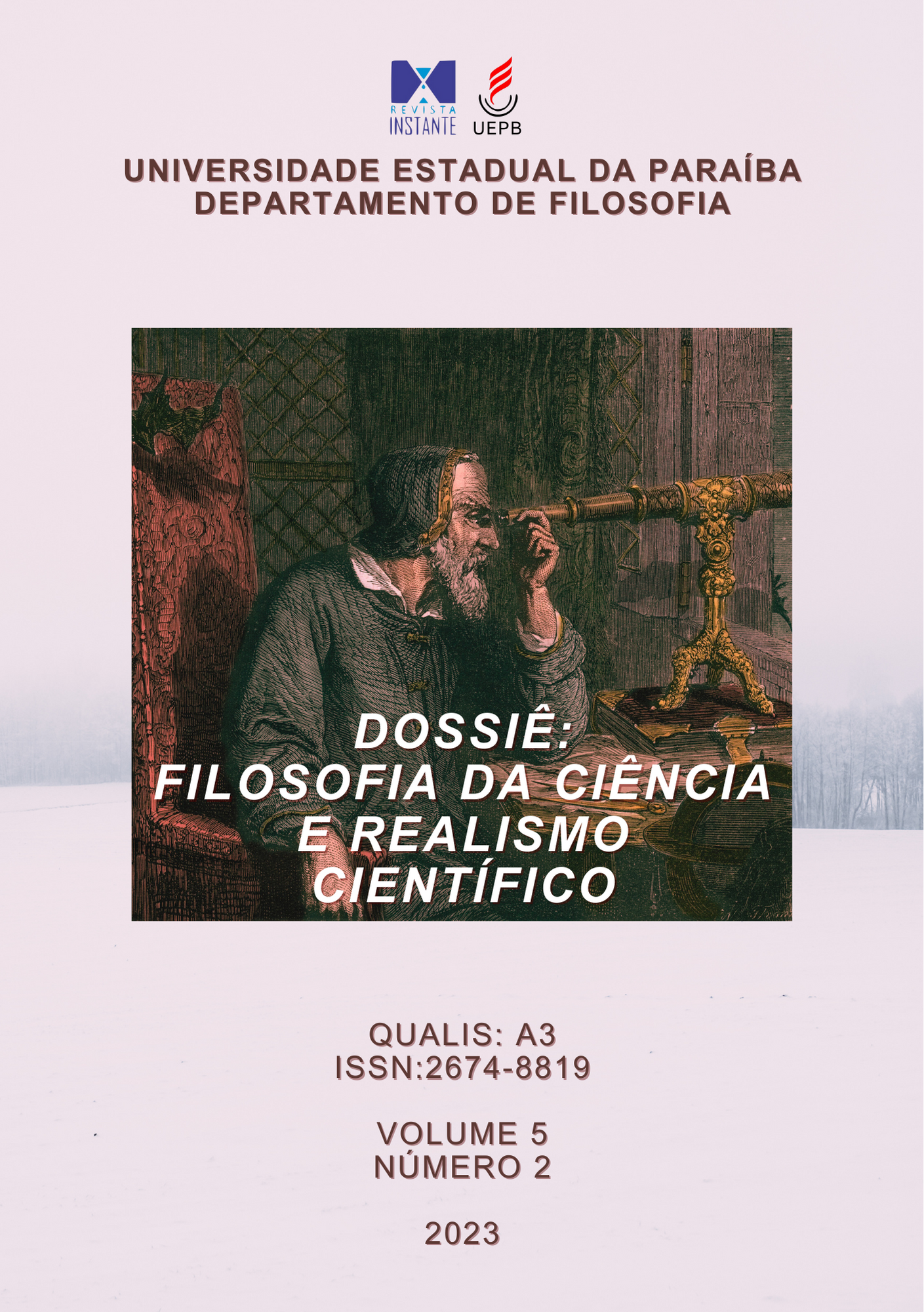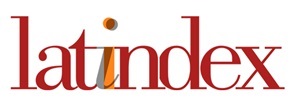A CRÍTICA DO EMPIRISMO LÓGICO À METAFÍSICA:
OTTO NEURATH SOBRE CIÊNCIA E POLÍTICA NO URBANISMO
Palavras-chave:
Círculo de Viena, Modernismo, Le Corbusier, Carnap, Filosofia da TecnologiaResumo
Integrantes do Círculo de Viena defenderam que afirmações da metafísica tradicional são desprovidas de significado cognitivo, pois não são analíticas e não se relacionam de forma transparente com a experiência. Este ensaio examina o uso político dessa crítica: ao atacar as pretensões cognitivas da metafísica tradicional, o objetivo é também criticar posições políticas que utilizam a metafísica para reivindicar uma suposta certeza. Essa perspectiva fica evidente na obra de Otto Neurath: ele acreditava que os limites do conhecimento científico também limitam a possibilidade de determinar soluções para problemas vivenciados. Este ensaio analisa os fundamentos metafísicos do urbanismo apresentados por Le Corbusier, exemplificando a crítica de Neurath. O influente arquiteto suíço entendia que a beleza da sua arte vinha de uma harmonia fundamental do universo. Embora possa parecer que esse ponto de vista não é problemático em termos estéticos, deve-se notar que Le Corbusier transpôs esta abordagem para o urbanismo, alegando que os seus projetos de planejamento urbano seriam universalmente adequados. Com esta suposta certeza derivada da metafísica, Le Corbusier esquivava-se de uma discussão política que, como mostra a crítica do empirismo lógico, é inseparável da discussão epistemológica no domínio da tecnologia.
Referências
ARNSWALD, Ulrich. “Die Verbindung des Utopismus: Von Morus über Mach bis zum Wiener Kreis – Ernst Machs ‘Gedankenexperiment als Utopie’”. In: Arnswald, Ulrich; Stadler, Friedrich; Weibel, Peter. (Org.). Der Wiener Kreis – Aktualität in Wissenschaft, Literatur, Architektur und Kunst, pp. 11-31. Wien: Lit, 2019.
ARROYO, Raoni W.; ARENHART, Jonas R. B. “The Epistemic Value of Metaphysics”. Synthese, v. 200, n. 4, 337, 2022.
ASH, Mitchell. “Multiple modernisms in concert: the sciences, technology and culture in Vienna around 1900”. In: Bud, Robert; Greenhalgh, Paul; James, Frank; Shiach, Morag. (Org.). Being Modern. The Cultural Impact of Science in the Early Twentieth Century, pp. 23-39. London: UCL Press, 2018.
BLAU, Eve. The Architecture of Red Vienna 1919-1934. Cambridge, MA: The MIT Press, 1999.
__________. “Isotype and Architecture in Red Vienna: The Modern Projects of Otto Neurath and Josef Frank”. Austrian Studies, v. 14, 2006, pp. 227-259.
BROTT, Simone. “The Le Corbusier Scandal, or, Was Le Corbusier a Fascist?”. Fascism: Journal of Comparative Fascist Studies, v. 6, 2017, pp. 196-227. doi: 10.1163/22116257-00602003.
BUD, Robert; SHIACH, Morag. “Being Modern: Introduction”. In: Bud, Robert; Greenhalgh, Paul; James, Frank; Shiach, Morag. (Org.). Being Modern. The Cultural Impact of Science in the Early Twentieth Century, pp. 1-19. London: UCL Press, 2018.
CARNAP, Rudolf. “Pseudoproblemas na Filosofia”. Trad.: Pablo Rubén Mariconda. In: Coleção Os Pensadores – Schlick, Carnap, Popper, pp. 149-175. São Paulo: Abril Cultural, 1928/1975..
___________. The Unity of Science. [“Die physikalische Sprache als Universalsprache der Wissenschaft”]. Trad.: Max Black. Bristol: Thoemmes, 1931/1995..
___________. “A Superação da Metafísica pela Análise Lógica da Linguagem”. Trad.: William Steinle. Cognitio, São Paulo, v. 10, n. 2, 1931/2009, pp. 293-309.
CARTWRIGHT, Nancy; CAT, Jordi; FLECK, Lola; UEBEL, Thomas. Otto Neurath: Philosophy Between Science and Politics. Cambridge: Cambridge University Press, 1996.
CHAPEL, Enrico. “Otto Neurath and the CIAM – The International Pictorial Language as a Notational System for Town Planning”. In: Nemeth, Elisabeth; Stadler, Friedrich. (Org.). Encyclopedia and Utopia, pp. 167-182. Dordrecht: Kluwer, 1996.
DA CUNHA, Ivan F.. “Otto Neurath’s Modernist Utopianism”. HOPOS: The Journal of the International Society for the History of Philosophy of Science, 2023+. Aprovado para publicação.
DA CUNHA, Ivan F.; LINSBICHLER, Alexander. “Ciência, Imaginação e Valores na Virada Energética Alemã: um exemplo da metodologia de Neurath para a tecnologia social”. Kriterion, Belo Horizonte, 2023+. Aprovado para publicação.
DAHMS, Hans-Joachim. “‘Neue Sachlichkeit’ in the Architecture and Philosophy of the 1920s”. In: Awodey, Steve; Klein, Carsten. (Org.). Carnap Brought Home: the view from Jena, pp. 357-375. Chicago: Open Court, 2023+.
DAMBÖCK, Christian. “The politics of Carnap’s Non-Cognitivism and the Scientific World-Conception of Left-Wing Logical Empiricism”. Perspectives on Science, v. 30, n. 4, 2022, pp. 493-524. https://doi.org/10.1162/posc_a_00372.
DUTRA, Luiz Henrique de Araújo. Introdução à Teoria da Ciência. 4º ed. Florianópolis: Editora da UFSC, 2017.
FALUDI, Andreas. “Otto Neurath and Planning Theory”. In: Nemeth, Elisabeth; Stadler, Friedrich. (Org.). Encyclopedia and Utopia, pp. 201-213. Dordrecht: Kluwer, 1996.
FRENCH, Steven. Ciência: Conceitos-Chave em Filosofia. Trad.: André Klaudat. Porto Alegre: Artmed, 2009.
HAHN, Hans; NEURATH, Otto; CARNAP, Rudolf. “A Concepção Científica do Mundo – O Círculo de Viena”. Trad.: Fernando Pio de Almeida Fleck. Cadernos de História e Filosofia da Ciência, Campinas, v.10, 1929/1986, pp. 5-20.
HOCHHÄUSL, Sophie. Otto Neurath – City Planning: Proposing a Socio-Political Map for Modern Urbanism. Innsbruck: Innsbruck University Press, 2011.
JENCKS, Charles. The Language of Post-Modern Architecture. New York: Rizzoli, 1977.
LE CORBUSIER. Vers une architecture. 2º ed. Paris: G. Crès et Cie, 1925.
__________. “A Contemporary City”. In: LeGates, Richard T.; Stout, Frederic. (Org.). The City Reader, pp. 379-387. 6th Edition. New York: Routledge, 1929/2016.
__________. Aircraft. London: The Studio Publications, 1935.
LINSBICHLER, Alexander; DA CUNHA, Ivan F. “Otto Neurath’s Scientific Utopianism Revisited. A Refined Model for Utopias in Thought Experiments”. Journal for General Philosophy of Science, v. 54, 2023, pp. 233-258.
LOACH, Judi. “Architecture, Science and Purity”. In: Bud, Robert; Greenhalgh, Paul; James, Frank; Shiach, Morag. (Org.). Being Modern. The Cultural Impact of Science in the Early Twentieth Century, pp. 207-244. London: UCL Press, 2018.
MITTEMPERGHER, Naomi. “Otto Neuraths Architekturverständnis: Gestaltung, Typisierung, Zentralisierung und Ökonomie der glücksmaximalen Lebenslage”. In: Schnell, Angelika; Kókai, Károly. (Org.). Bauhaus und Wiener Kreis, p. 103-131. Wien: NoPress, 2022. http://www.nopress.at/bauhaus/.
MORSHED, Adnan. “The Cultural Politics of Aerial Vision: Le Corbusier in Brazil (1929)”. Journal of Architectural Education, v. 55, n. 4, 2022, pp. 201-210.
MUMFORD, Eric. The CIAM Discourse on Urbanism 1928-1960. Cambridge-MA: The MIT Press, 2000.
NASCIMENTO, Rodrigo Trindade. Uma discussão da filosofia do empirismo lógico em seu contexto histórico. Dissertação de Mestrado. Programa de Pós-Graduação em Filosofia, Universidade Federal de Santa Catarina. Florianópolis, 2002.
NEURATH, Otto. “Utopia as a Social Engineer’s Construction”. In: Neurath, Marie; Cohen, Robert S. (Org.). Otto Neurath. Empiricism and Sociology, pp. 150-155. Dordrecht: D. Reidel, 1919/1973.
__________. “Protocol Statements”. In: Cohen, Robert S.; Neurath, Marie. (Org.). Otto Neurath. Philosophical Papers 1913-1946, pp. 91-99. Dodrecht: D. Reidel, 1932/1983.
__________. “L’Urbanisme et le lotissement du sol en représentation optique d’après la méthode viennoise”. Technika chronika/Les Annales techniques, v. 44-46, 1933, pp. 1153-1154.
__________. “Foundations of the Social Sciences”. In: Neurath, Otto; Carnap, Rudolf; Morris, Charles. (Org.). Foundations of the Unity of Science: toward an International Encyclopedia of Unified Science, vol. 2, pp. 1-52. Chicago: Chicago University Press, 1944/1970.
__________. “Visual Education: Humanisation versus Popularisation”. Texto editado por Juha Manninen. In: Nemeth, Elisabeth; Stadler, Friedrich. (Org.). Encyclopedia and Utopia, pp. 245-335. Dordrecht: Kluwer, 1996.
SANDNER, Günther. Otto Neurath. Eine politische Biographie. Wien: Paul Zsolnay, 2014.
STADLER, Friedrich. The Vienna Circle. Studies in the Origins, Development, and Influence of Logical Empiricism. Wien: Springer, 2001.
UEBEL, Thomas. “Intersubjective accountability: politics and philosophy in the left Vienna Circle”. Perspectives on Science, v. 28, n. 1, 2020, pp. 35-62. https://doi.org/10.1162/pos-c_a_00332.
VOSSOUGHIAN, Nader. Otto Neurath: the Language of the Global Polis. Rotterdam: NAI, 2011.
WASSERMAN, Janek. Black Vienna: The radical right in the red city, 1918–1938. Ithaca: Cornell University Press, 2014.










